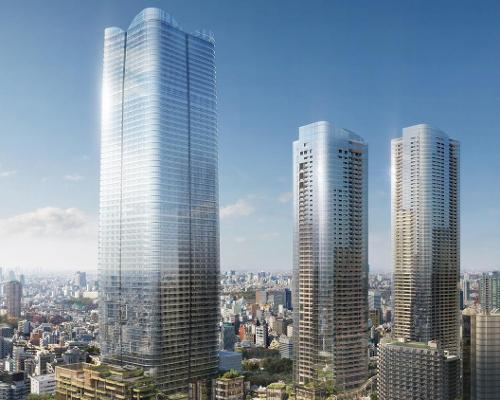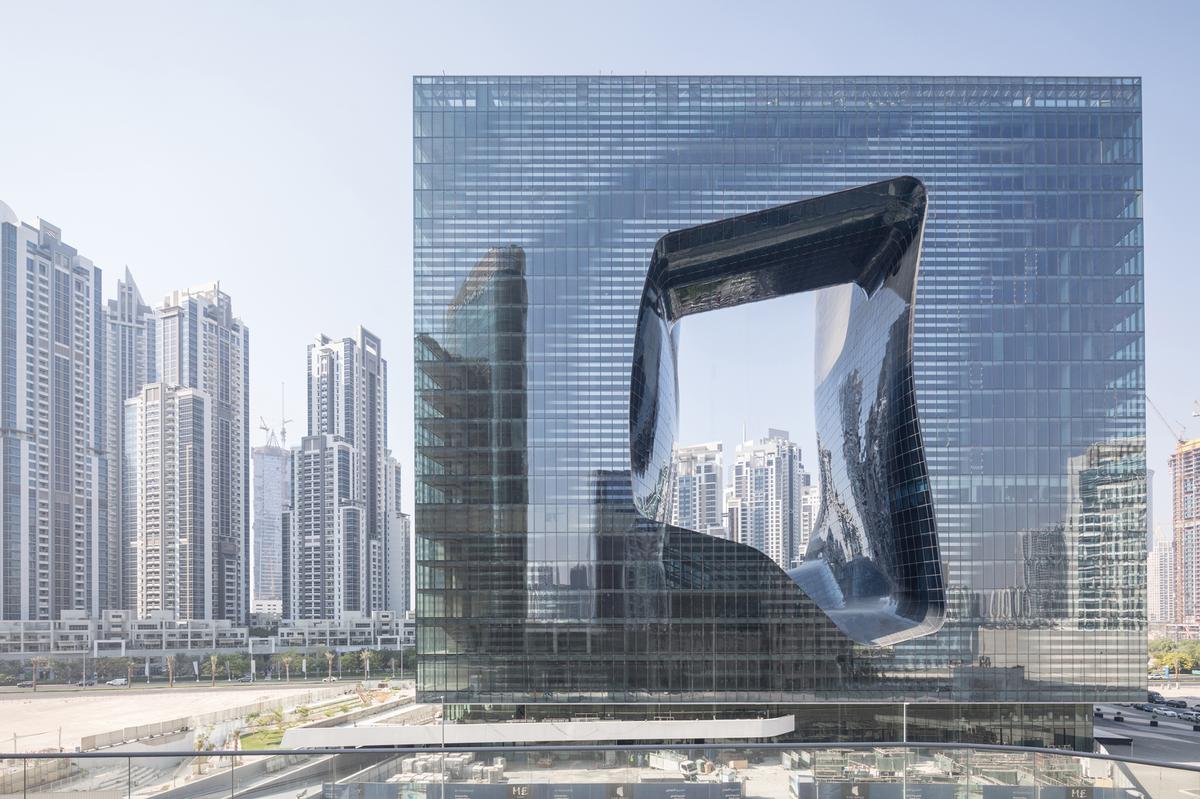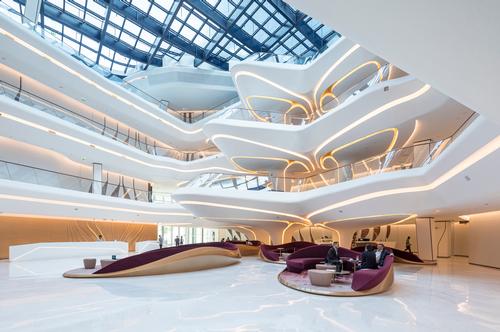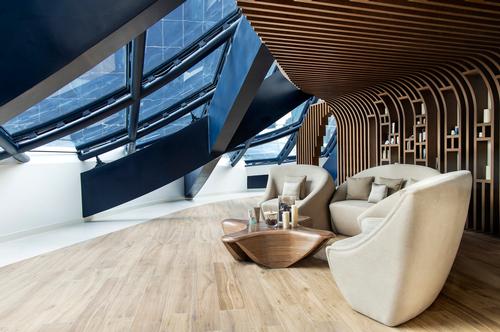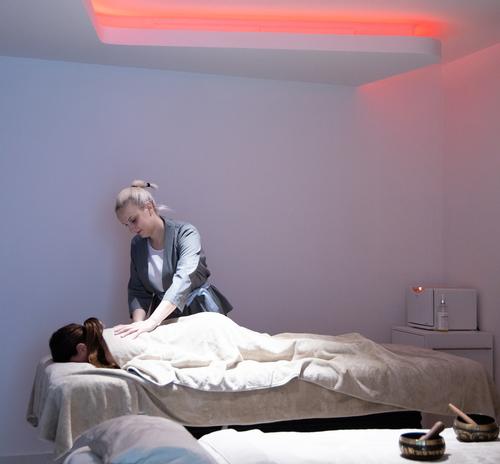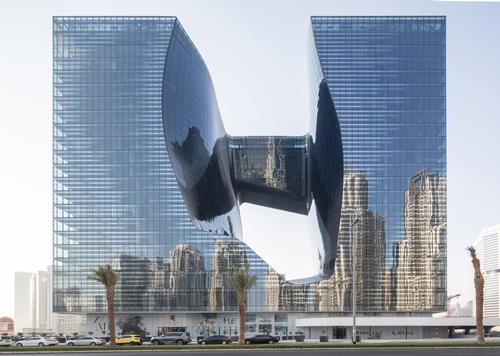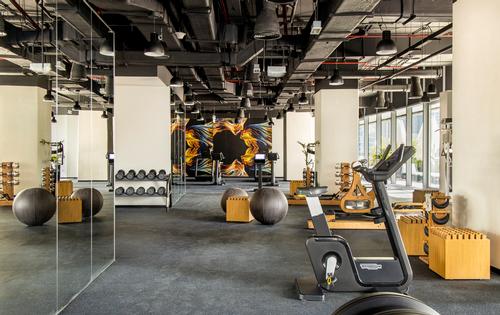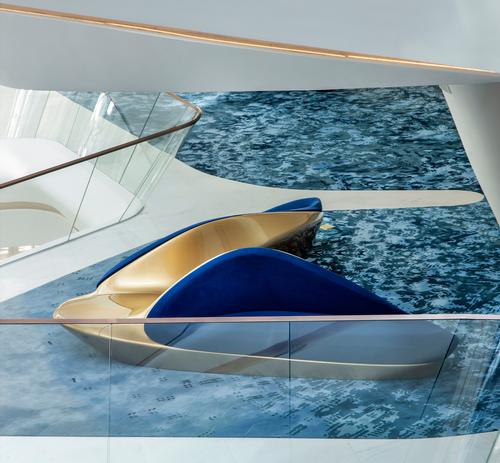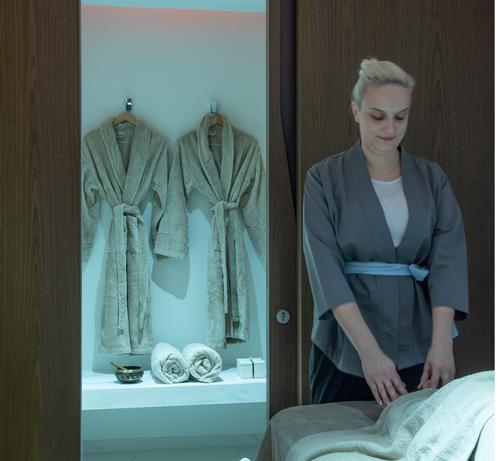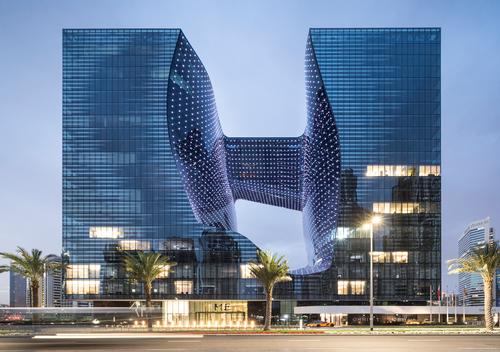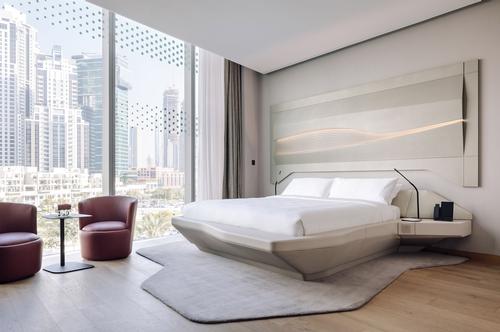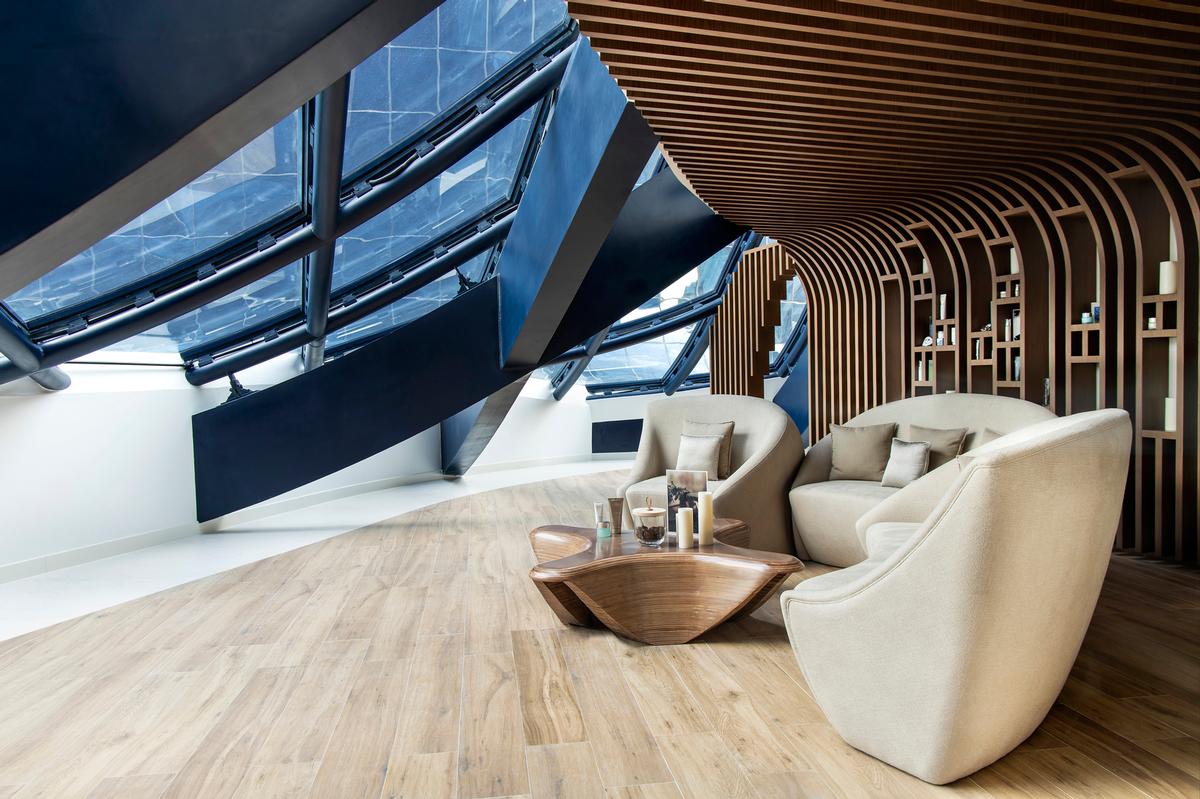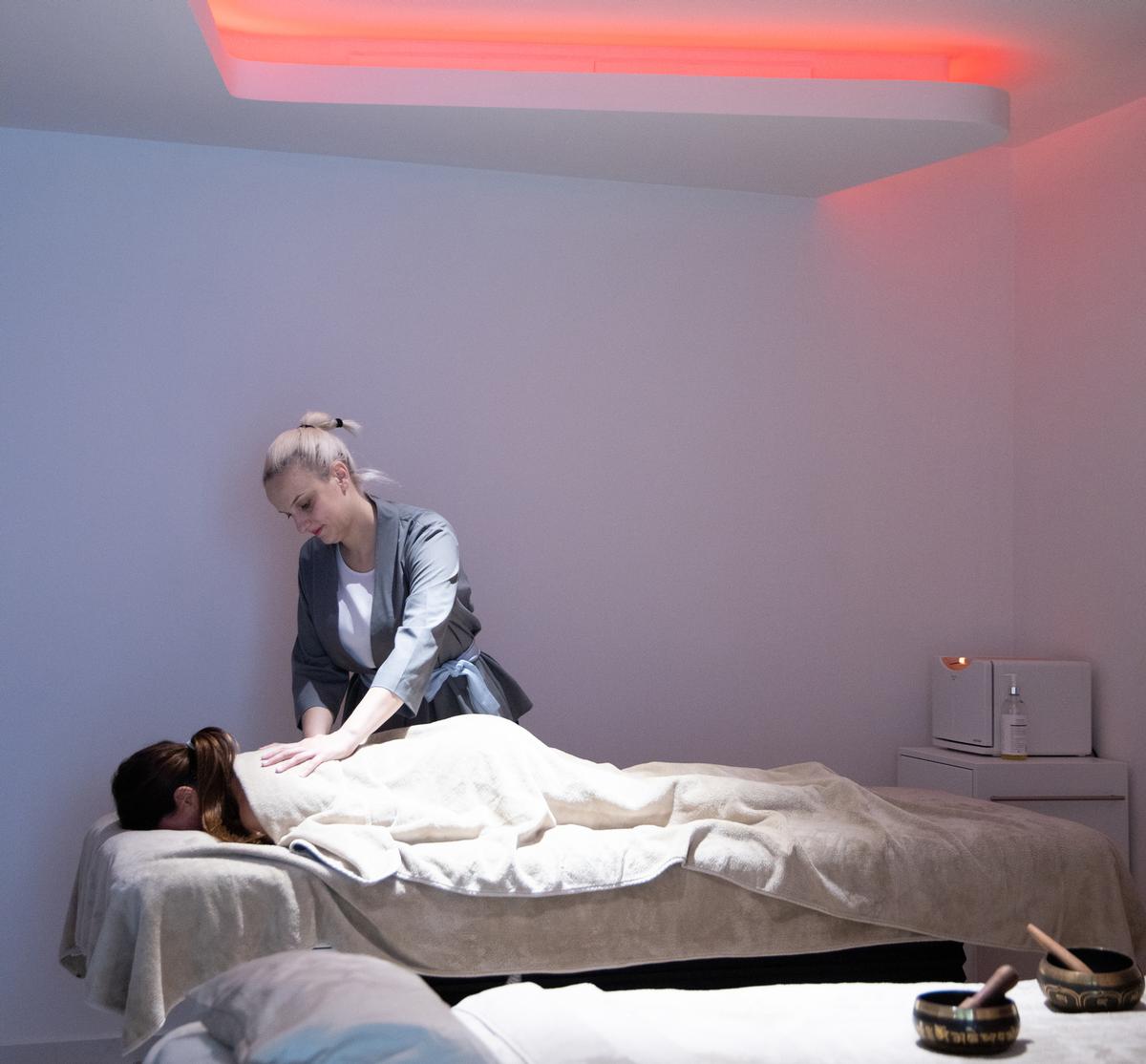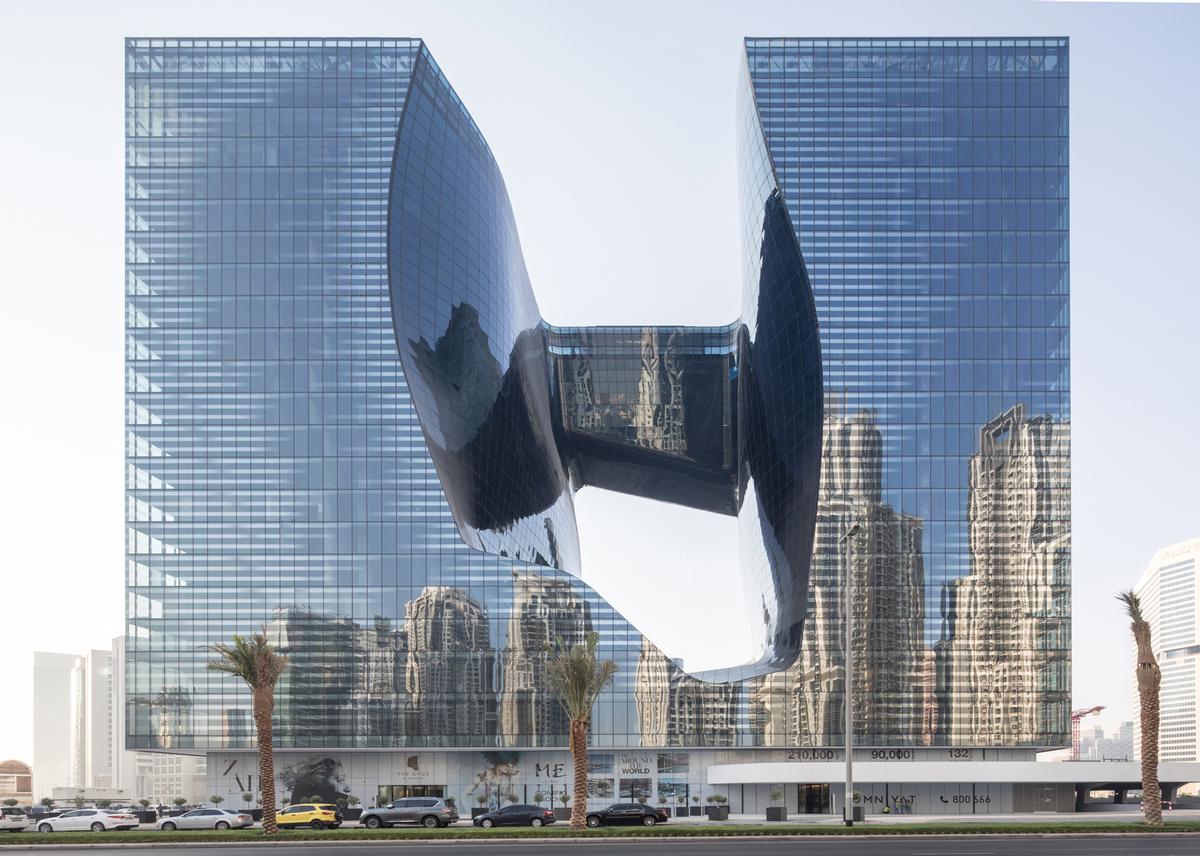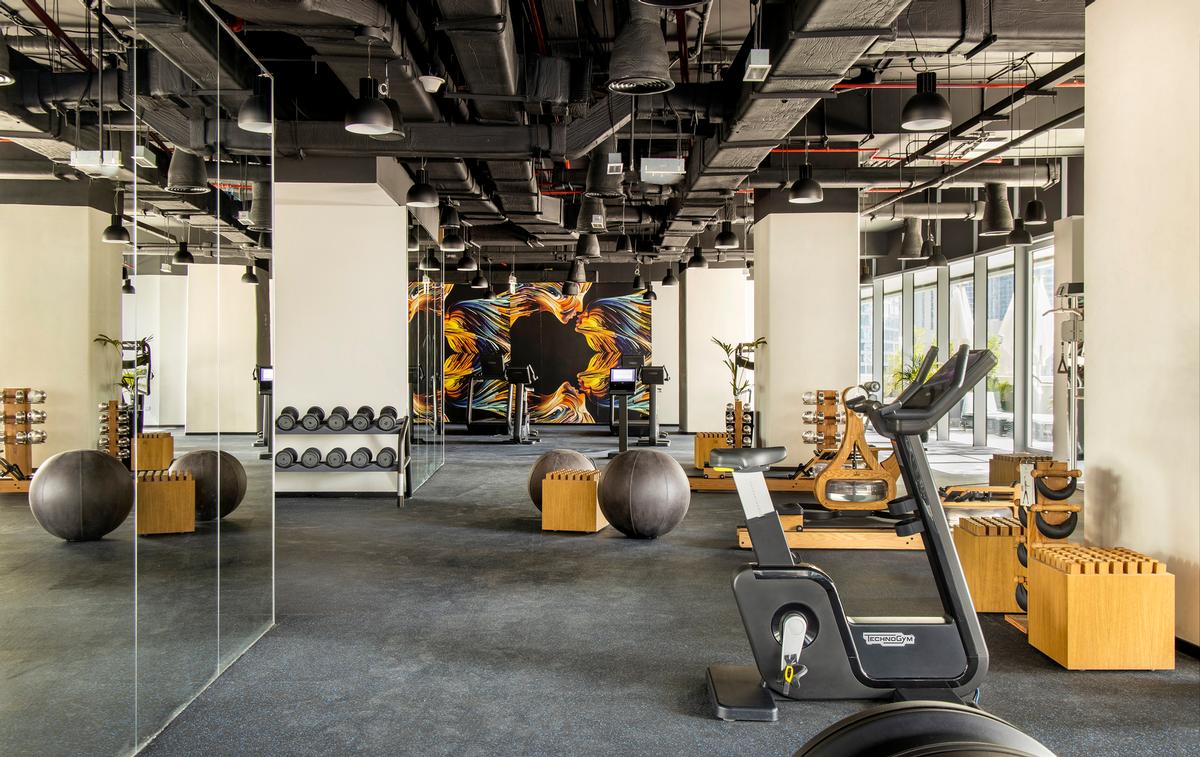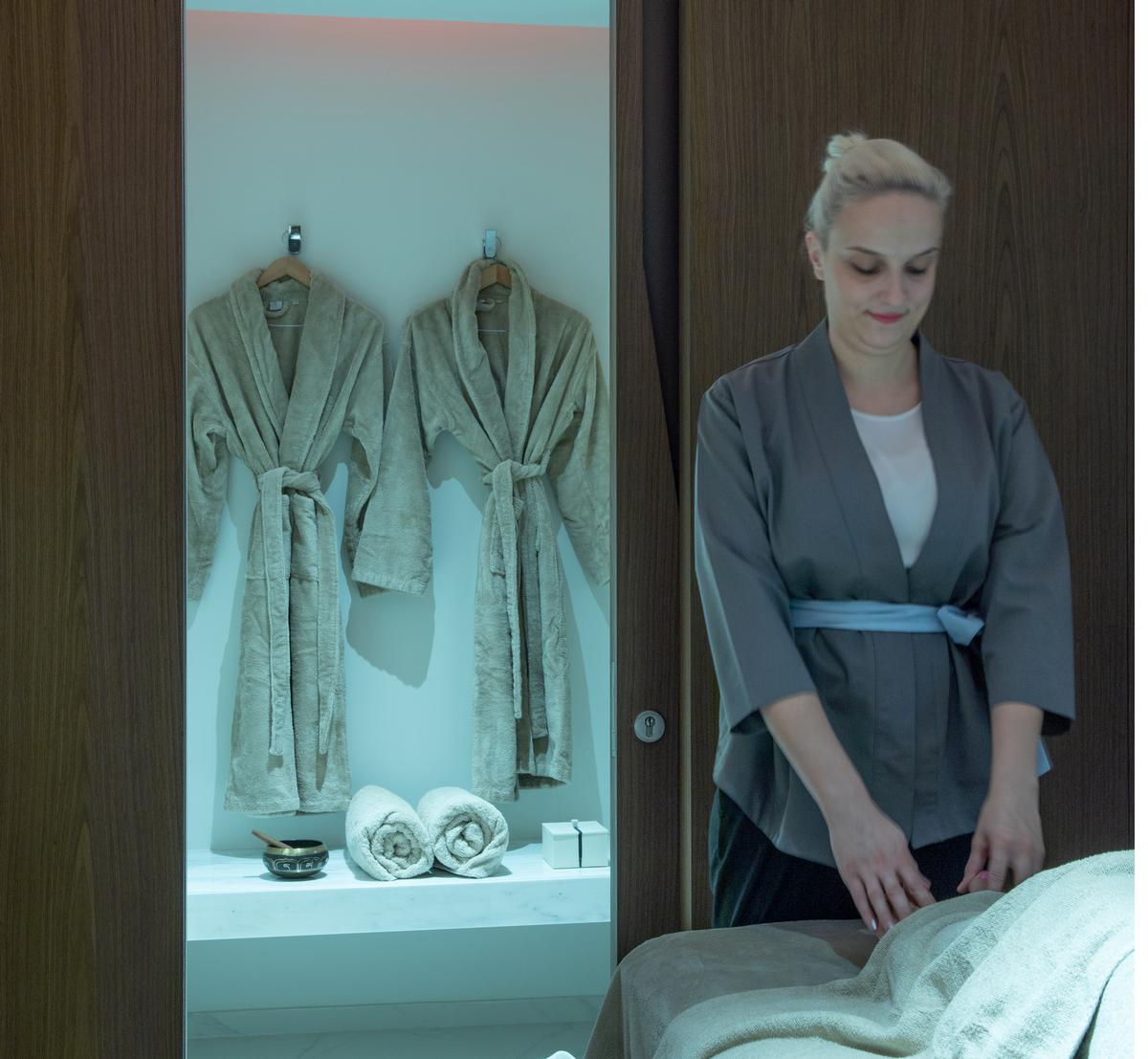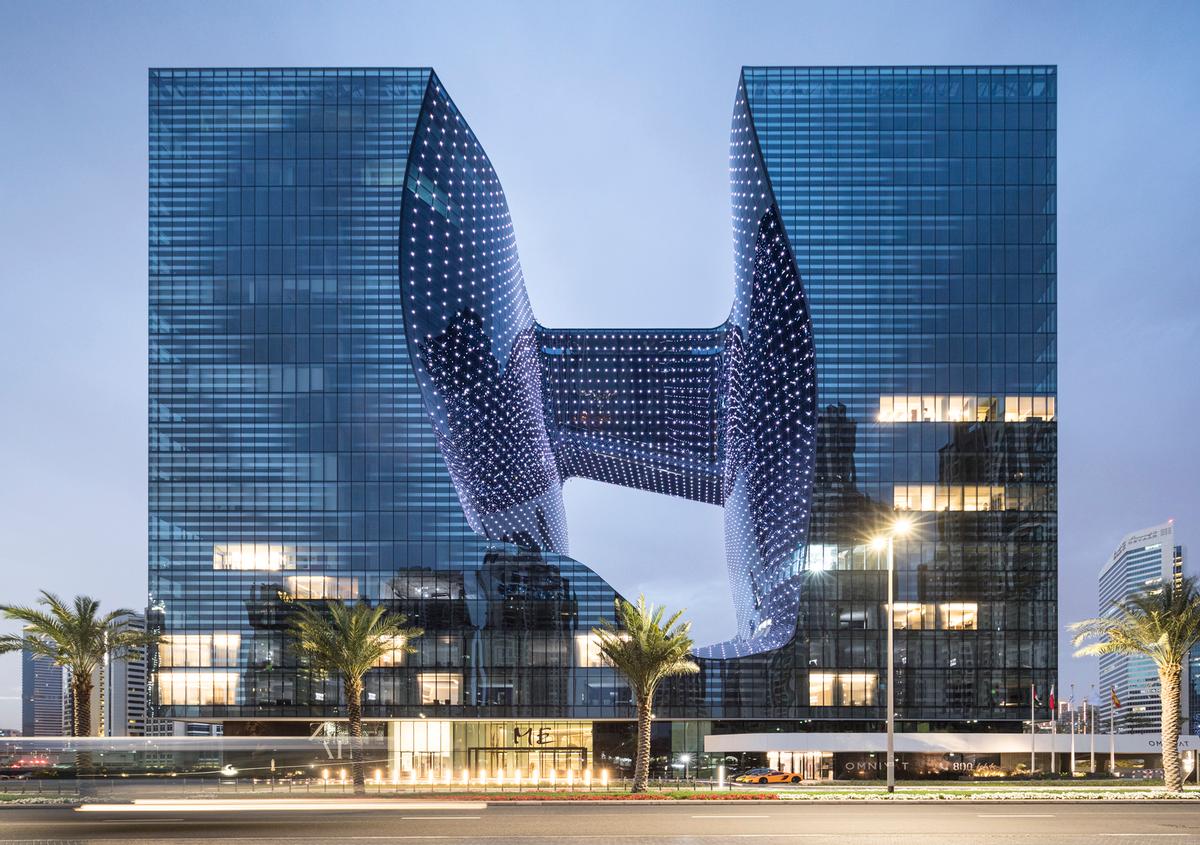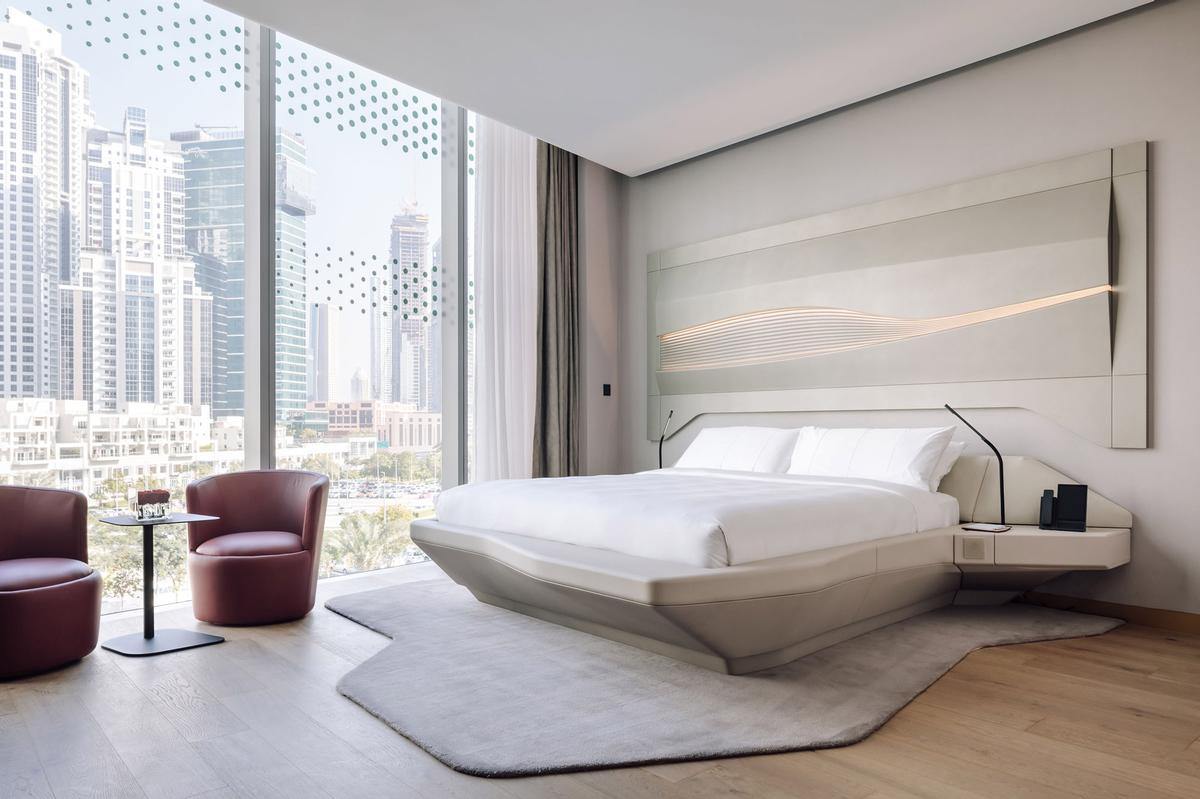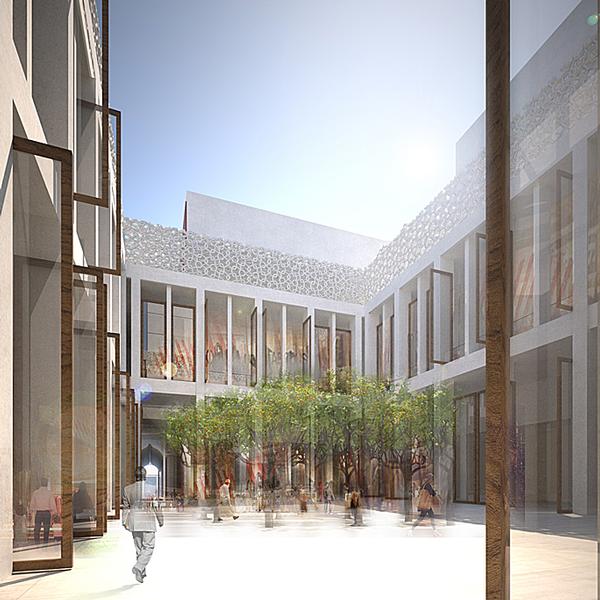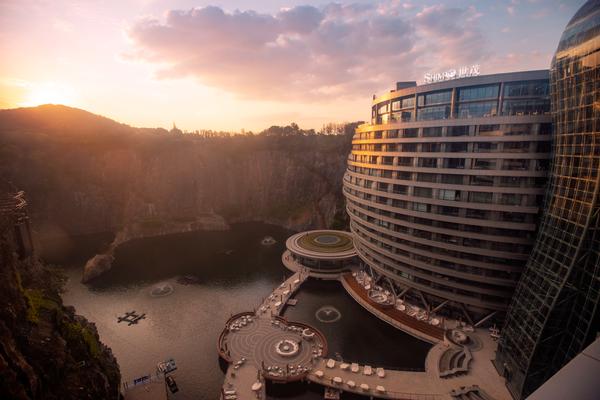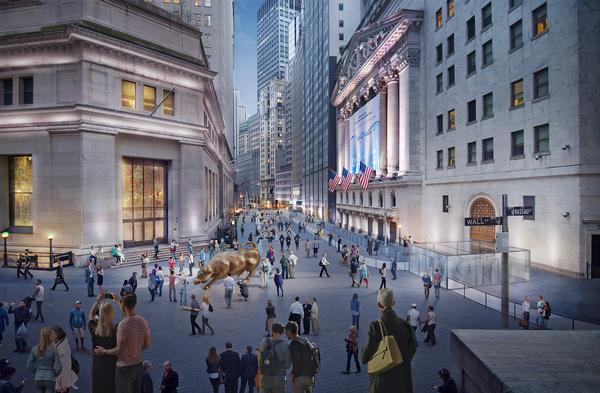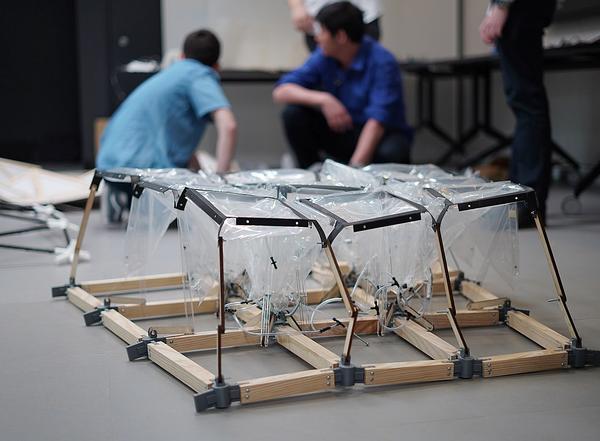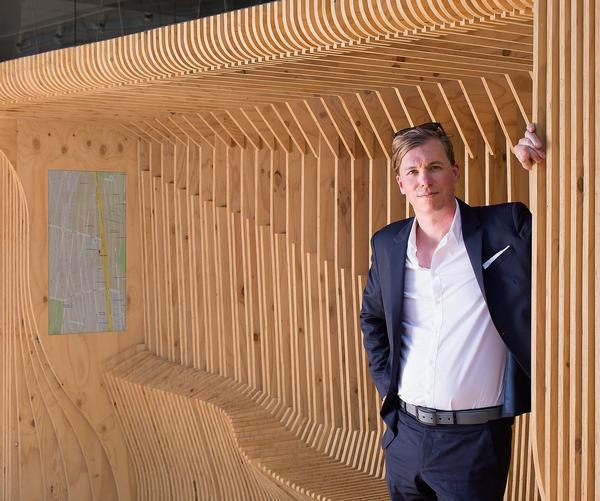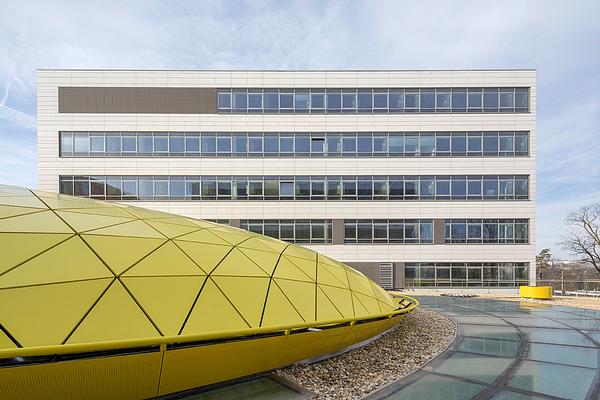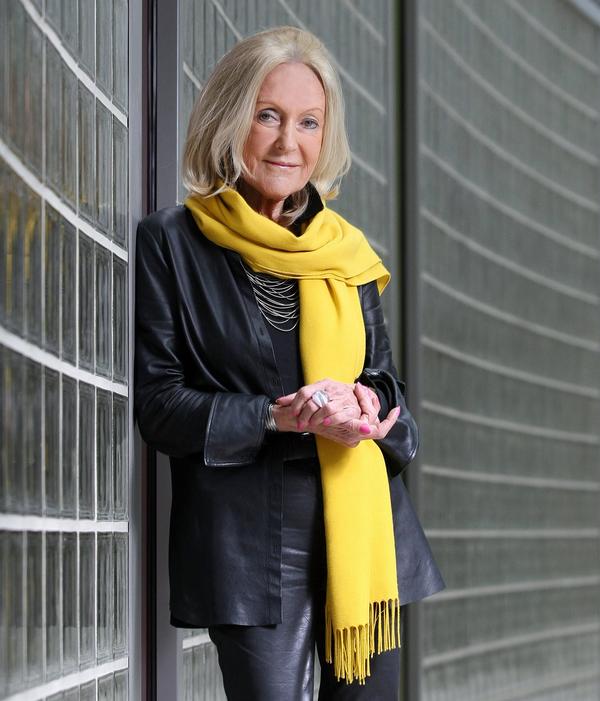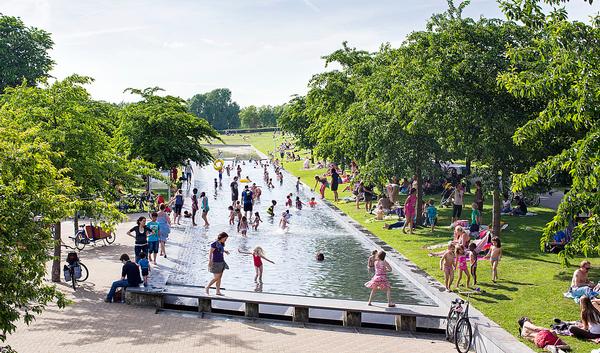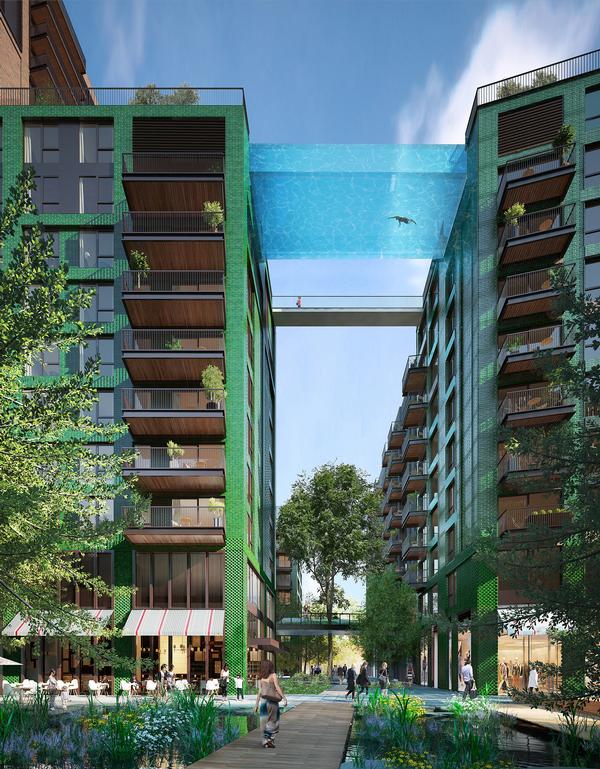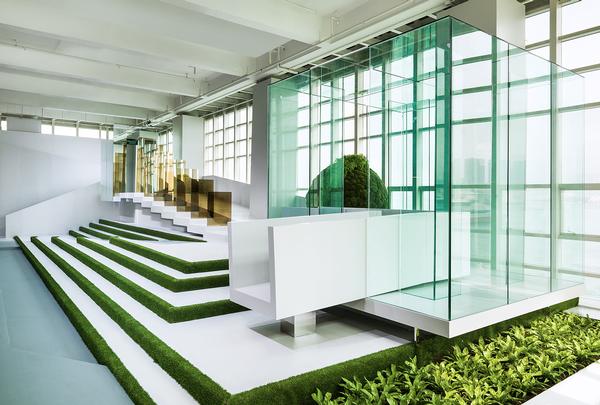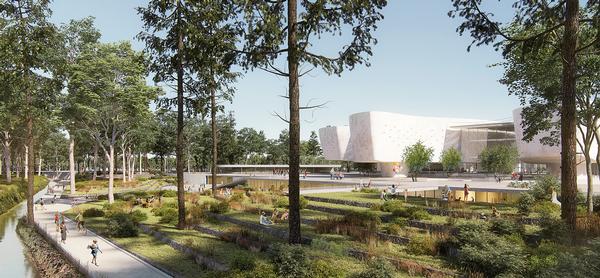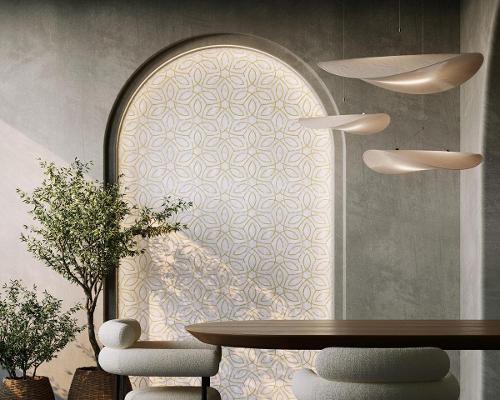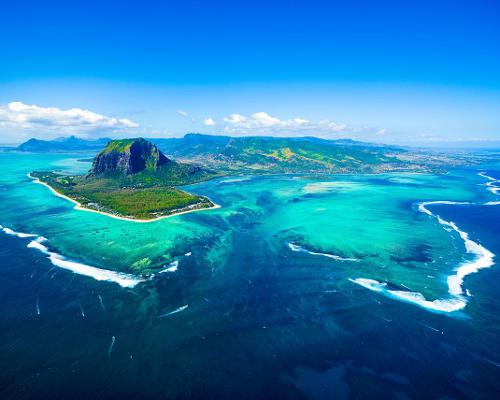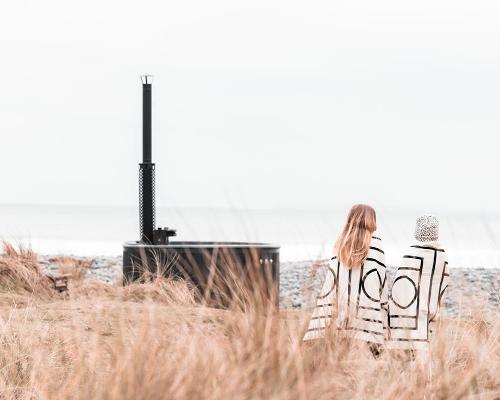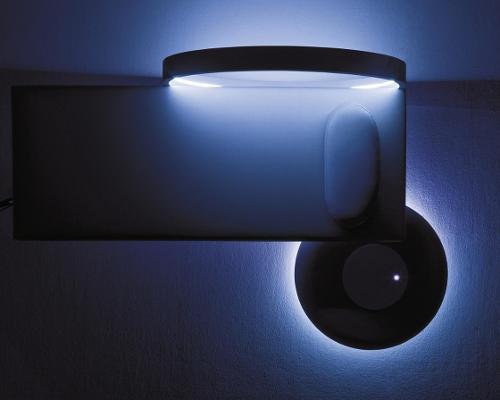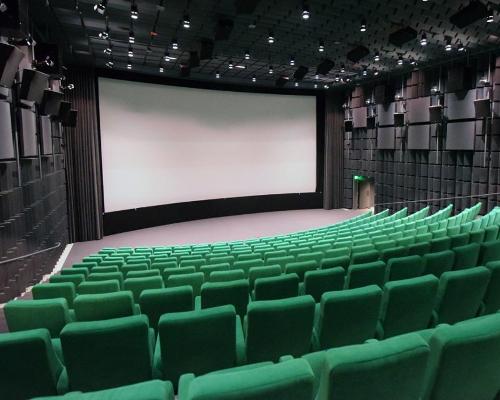Zaha Hadid’s Opus building houses spa designed by The Wellness

– Sayed Salem
In 2020, the Dubai skyline was updated with an 84,300sq m cube-shaped building with a gaping eight-storey-wide void at its centre. One of the late visionary architect Zaha Hadid’s final projects.
Named The Opus by Omniyat, the destination is set apart by being the only project where Hadid was responsible for both architecture and interiors, including select pieces from Zaha Hadid Design’s in-house furniture collection.
The two-tower building is located in the high-end Burj Khalifa district, and encompasses a 93-key ME Dubai hotel, luxury spa and four restaurants operated by Meliá in its first five floors. Offices, residences and additional restaurants occupy remaining vacancies.
Started by Hadid in 2007, the finished result boasts a striking exterior and interior which make use of deep curves, fluid architectural language, a bold palette and natural light.
After her passing, Christos Passas, Zaha Hadid Architects’ design director, took over as project director working alongside Middle Eastern real estate developers Omniyat.
The destination’s 526sq m Spa by ME Dubai was designed by consultancy The Wellness and featuring five treatment rooms, including one for couples.
Spa visitors can access a sauna, private changing rooms, pool and the hotel’s state-of-the-art gym, spanning 7,000 sq ft and home to the region’s first ultramodern Technogym Biocircuit.
The destination initially opened in March 2020 but was shut after 28 days due to COVID. It relaunched in late November 2020.
Zaha Hadid The Opus Omniyat Zaha Hadid Architects Zaha Hadid Design Voya Natura Bisse Carol Joy Medi-Diamond Meliá Technogym RKF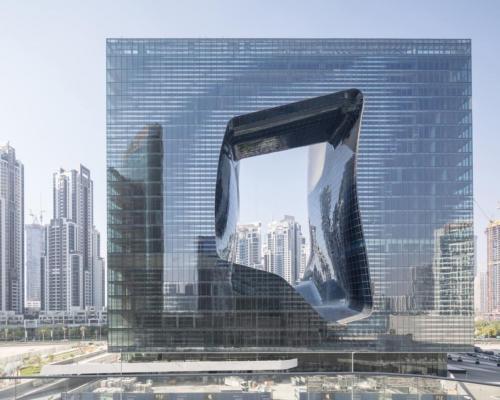

Europe's premier Evian Spa unveiled at Hôtel Royal in France
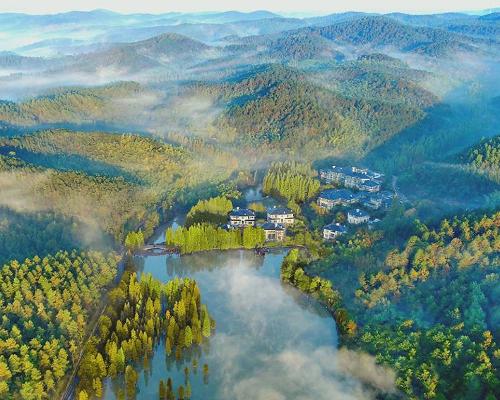
Clinique La Prairie unveils health resort in China after two-year project
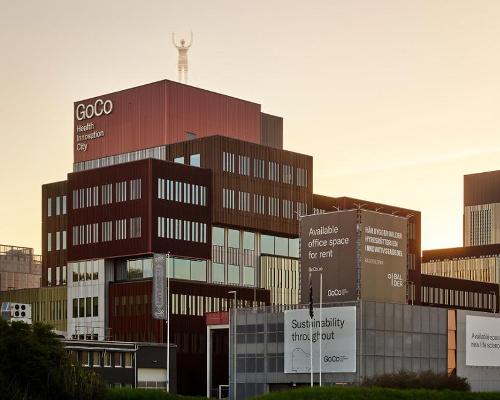
GoCo Health Innovation City in Sweden plans to lead the world in delivering wellness and new science
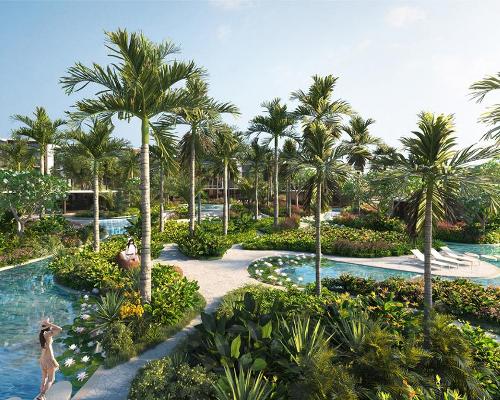
Four Seasons announces luxury wellness resort and residences at Amaala
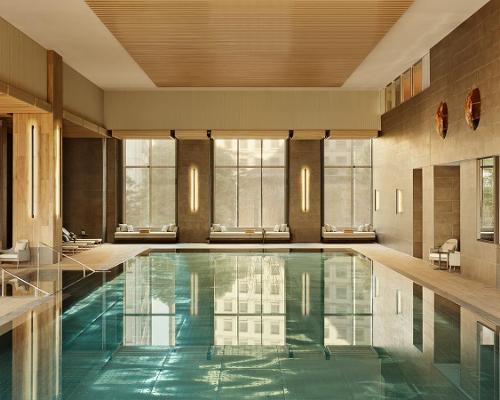
Aman sister brand Janu debuts in Tokyo with four-floor urban wellness retreat
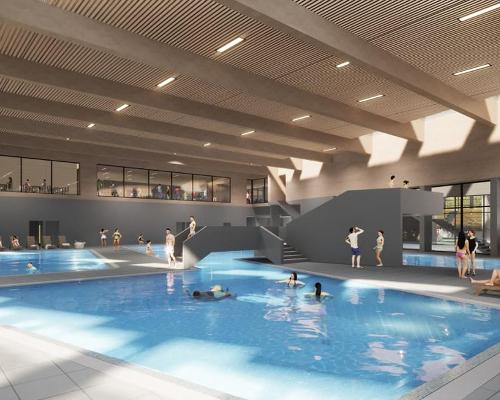
€38m geothermal spa and leisure centre to revitalise Croatian city of Bjelovar
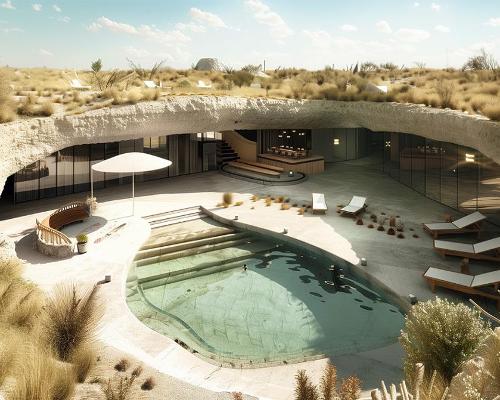
Two Santani eco-friendly wellness resorts coming to Oman, partnered with Omran Group
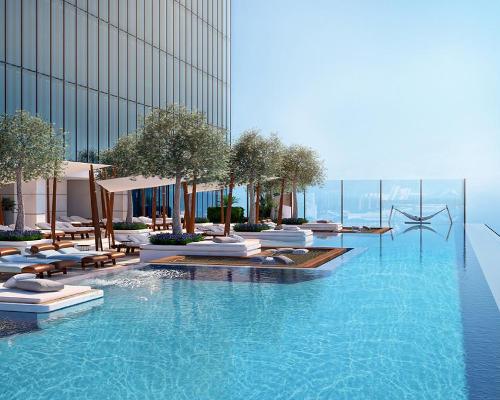
Kerzner shows confidence in its Siro wellness hotel concept, revealing plans to open 100
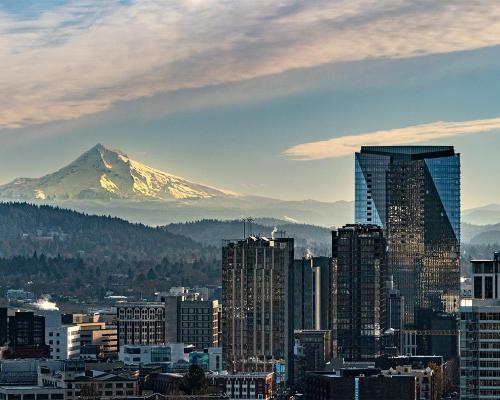
Ritz-Carlton, Portland unveils skyline spa inspired by unfolding petals of a rose
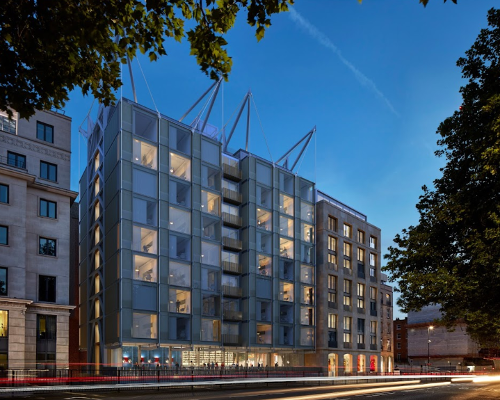
Rogers Stirk Harbour & Partners are just one of the names behind The Emory hotel London and Surrenne private members club

Peninsula Hot Springs unveils AUS$11.7m sister site in Australian outback

IWBI creates WELL for residential programme to inspire healthy living environments
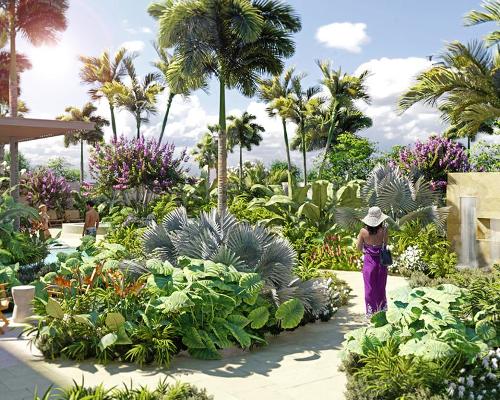
Conrad Orlando unveils water-inspired spa oasis amid billion-dollar Evermore Resort complex
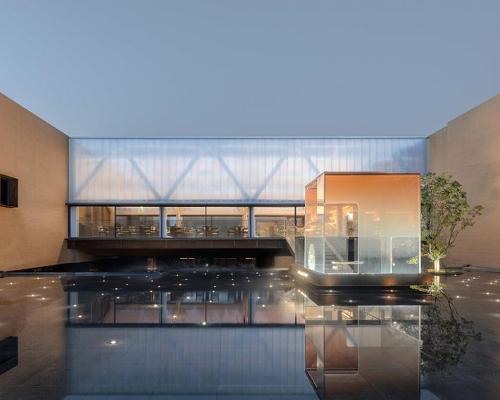
Studio A+ realises striking urban hot springs retreat in China's Shanxi Province
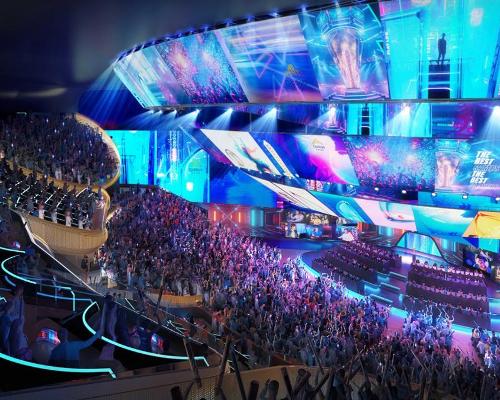
Populous reveals plans for major e-sports arena in Saudi Arabia

Wake The Tiger launches new 1,000sq m expansion

Othership CEO envisions its urban bathhouses in every city in North America

Merlin teams up with Hasbro and Lego to create Peppa Pig experiences
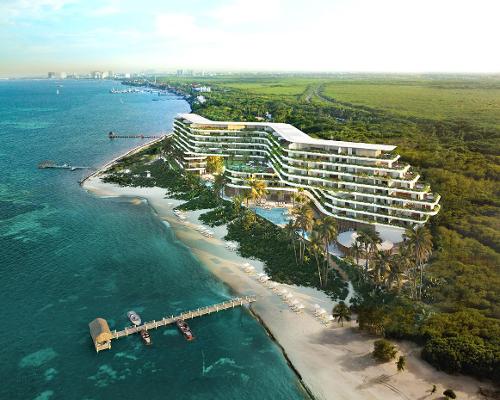
SHA Wellness unveils highly-anticipated Mexico outpost

One&Only One Za’abeel opens in Dubai featuring striking design by Nikken Sekkei
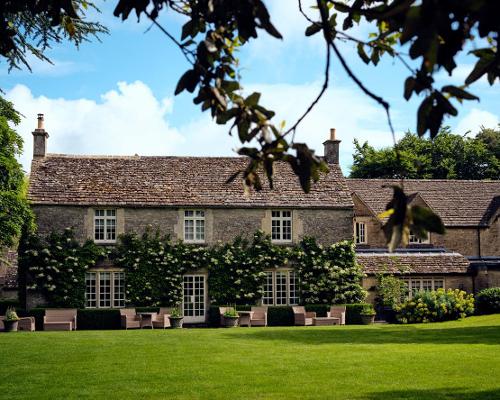
Luxury spa hotel, Calcot Manor, creates new Grain Store health club
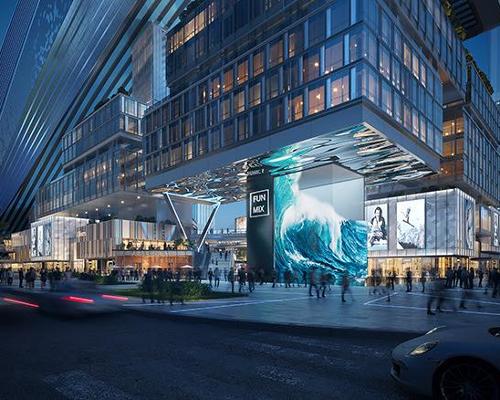
'World's largest' indoor ski centre by 10 Design slated to open in 2025
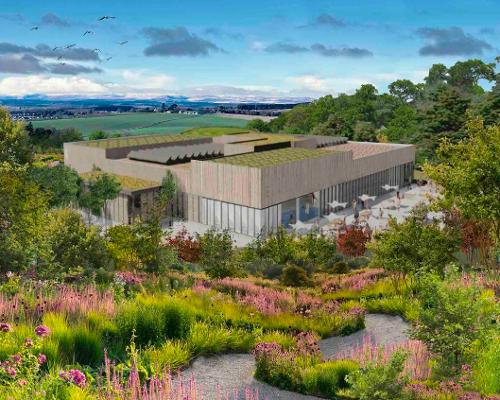
Murrayshall Country Estate awarded planning permission for multi-million-pound spa and leisure centre
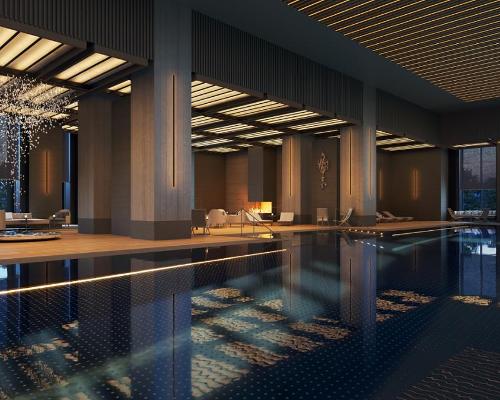
Aman's Janu hotel by Pelli Clarke & Partners will have 4,000sq m of wellness space
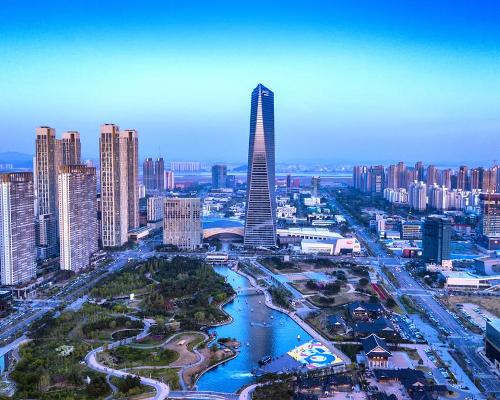
Therme Group confirms Incheon Golden Harbor location for South Korean wellbeing resort

Universal Studios eyes the UK for first European resort
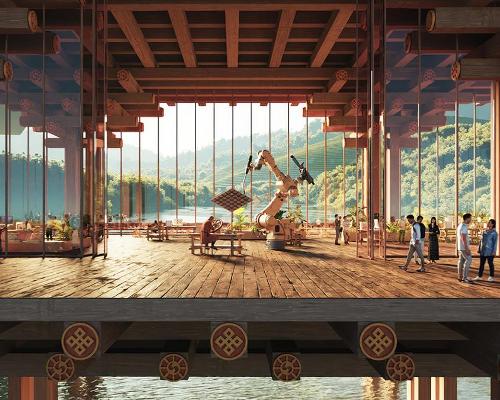
King of Bhutan unveils masterplan for Mindfulness City, designed by BIG, Arup and Cistri

Rural locations are the next frontier for expansion for the health club sector
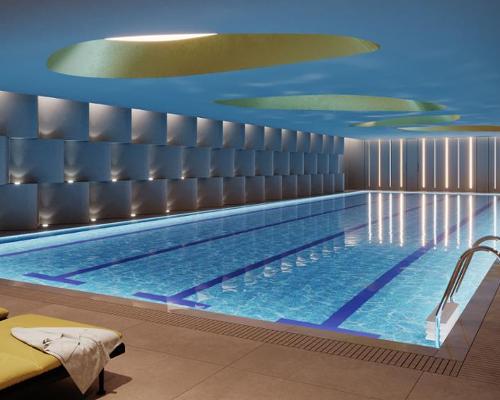
Tonik Associates designs new suburban model for high-end Third Space health and wellness club
